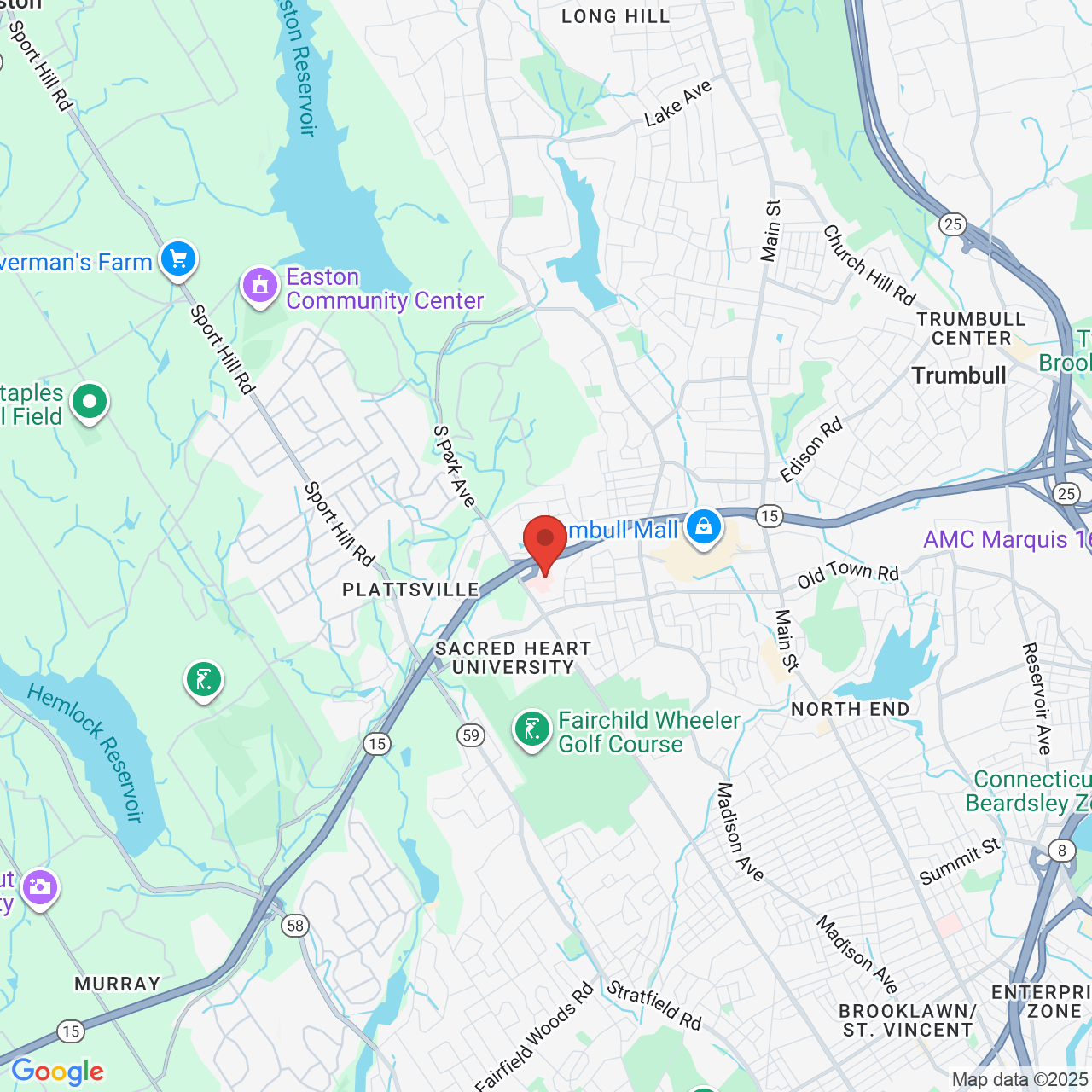Hernia Specialist Near Me
Abdominal wall hernias are becoming increasingly common. A hernia is defined as a bulge or protrusion or an organ or part of an organ through a wall of the body that normally contains it. We will discuss various types of abdominal wall hernias and how they are best repaired.
Abdominal Wall Hernias - Finding a Hernia Surgeon
There are multiple kinds of hernias of the abdomen. Most hernias are from previous abdominal surgery during which the abdominal fascia is cut and repaired. If the repair breaks open, that is how a hernia is formed. There is essentially a hole in the abdominal wall, through which bowel and other abdominal contents can poke through under the skin. Dr. Jandali performs repair of these large abdominal wall hernias in conjunction with a general surgeon.
Umbilical Hernia Repair - Hernia of Belly Button
Another common type of hernia is an umbilical hernia, which people are often born with. These stay very small and not noticeable until weight gain or pregnancy. Weight gain and pregnancy stretch out the small hole under the belly button causing the umbilical hernia to start causing pain and discomfort. These small umbilical hernias are usually repaired by a general surgeon. Umbilical hernia repair is performed with either a small incision around the belly button or laparoscopic surgery. Dr. Jandali refers umbilical hernias to a general surgeon that he works with for laparoscopic or robotic repair.
For women undergoing an abdominoplasty that have an umbilical hernia, the bell button hernia can be repaired during the tummy tuck surgery.
Inguinal Hernia Repair - Groin Hernia Surgeon in Connecticut
Another common type of hernia is an groin hernia, which can be either an inguinal or femoral hernia. A groin hernia is also caused by a weakening of the fascia or a hole in the fascia in the groin. This allows bowel or fat to bulge through in the area of the groin. These can be found at birth or later in life. General surgeons repair groin hernias. Most general surgeons now perform groin hernia repair with mesh and either laparoscopically or robotically. Laparoscopic and robotic hernia repair has a high success rate and shorter recovery than an open technique with a larger incision. Dr. Jandali refers groin hernias to a specialist who performs laparoscopic and robotic hernia repairs.
Plastic Surgeon Repair of Hernias
When plastics surgeons get involved in hernia repairs, it is usually for large abdominal hernias. Large, complex, and recurrent hernias are best repaired with the help of a plastic surgeon. Plastic surgeons perform a procedure called a component separation, which is a flap procedure which helps take tension off the hernia repair. Less tension on the hernia repair leads to higher success rates and lower chance of hernia recurrence (hernia coming back).
Dr. Jandali trained at the University of Pennsylvania, which has one of the largest hernia centers in the country. This advanced training in hernia repair and component separation allows him to repair some of the largest and most complex hernias. Recurrent hernias, or hernias that have failed laparoscopic repair, are best repaired with a plastic surgeon performing a component separation.
Before and After Hernia Repair

Link to Main Webpage on Hernia Repair
Hernia Repair with Mesh - Use of Biologic Pig Skin Mesh for Hernias
The scientific literature shows that most hernias should be repaired with mesh reinforcement. Mesh repair of hernias lowers the chance of the hernia coming back. Patients often get worried about mesh used for hernia repairs after hearing of problems with mesh or previous mesh recalls or lawsuits. Dr. Jandali only uses FDA cleared mesh with hernia repairs. For patients that have had problems or infection with previous synthetic mesh, another option is a biologic mesh. Biologic mesh is usually porcine, which means it is made from pig skin. A patient’s body grows into the biologic mesh and it becomes part of them over time. Biologic mesh has a lower risk of infection.
Before and After Hernia Repair

Laparoscopic Hernia Repair
Laparoscopic hernia repair is usually performed for smaller hernias. This is because it doesn’t actually suture the edges of the hole in the fascia together. Instead it just places a patch of mesh over the hole. Synthetic mesh is always used with laparoscopic hernia repair. Large, complex, and recurrent abdominal wall hernias are usually not repaired laparoscopically.
Robotic Hernia Repair
Robotic hernia repair is a fairly new procedure in the last 10 years or so. Fewer general surgeons are trained to perform robotic hernia repairs. It is similar to laparoscopic hernia repair, but the robot gives more ability for complex surgical movements in the abdomen. During a robotic abdominal hernia repair, the edges of the hernia hole are usually brought together with suture, unlike laparoscopic repair. Mesh is also used with robotic hernia repairs. Dr. Jandali works with an expert robotic hernia surgeon who he would refer patients to if they are an appropriate candidate for a robotic hernia repair.
Contact Us for Hernia Repair Specialist in Connecticut
If you have a large hernia or have a failed previous laparoscopic hernia repair, call our office for a consultation - 203-374-0310. Hernia repairs are covered by insurance.

